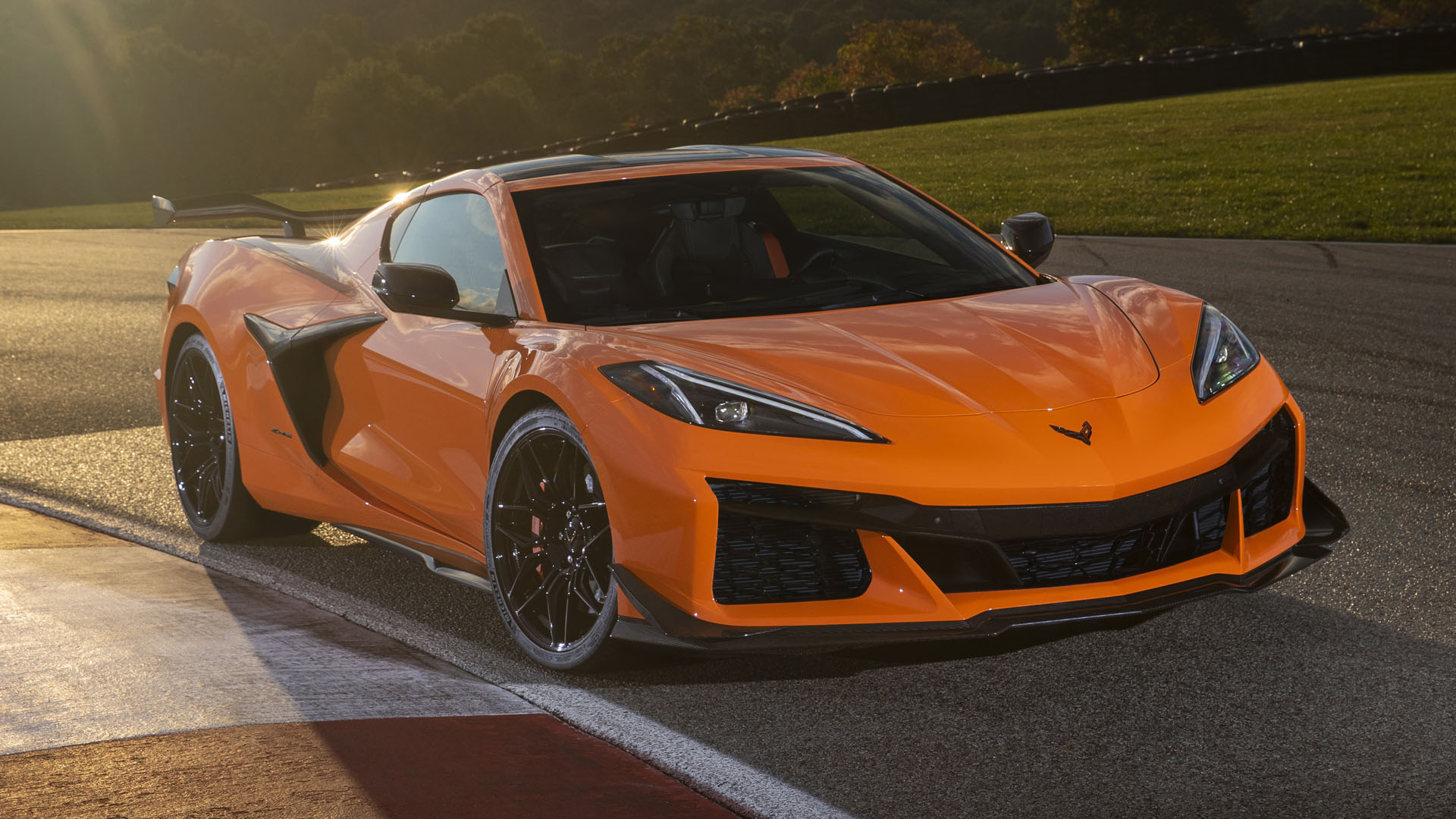

General Motors’ President Mark Reuss had a lot to say Thursday about the company’s progress toward electrification at its investor day. There was the usual list of lofty goals and optimistic statements but we also learned something we didn’t know before: An all-electric Chevrolet Corvette-based supercar is arriving as soon as next year. That’ll be in addition to the pinnacle of Corvette performance: the long-awaited “Zora,” which is definitely happening. According to Reuss, these will be two different vehicles.
To be clear, we knew an all-electric Corvette was coming. Reuss himself said as much seven months ago in a LinkedIn post. “In addition to the amazing new Chevrolet Corvette Z06 and other gas-powered variants coming, we will offer an electrified and a fully electric, Ultium-based Corvette in the future.” What we didn’t know before was how soon it was arriving.
According to The Associated Press, Reuss said a Corvette-based sports car would arrive next year, adding: “This will again set the standard of the world for performance.”
There’s some confusion about what this electric C8-based sports car could be. In GM’s call, Reuss did not refer to the vehicle specifically as a Corvette but said it would use the C8’s architecture. It would be unusual for GM to create a sports car that wasn’t called a Corvette, though. Perhaps making an electric car using the C8s underpinnings involved changing it so much that the automaker no longer thought it was fit to call it America’s sports car. This is just speculation, though.
No new details were provided about the top-trim Corvette with an internal combustion engine (and possibly hybrid batteries), but it was officially acknowledged, which hasn’t really happened before. The evidence for that vehicle’s existence has been piling up, but there isn’t much, if anything, in the way of teasers or official statements. This is in contrast to the first all-wheel drive, hybrid Corvette that hasn’t been announced yet. We know that exists. It’s likely to replace the Grand Sport trim that’s been a feature of Corvettes for a few generations.

What would an EV based on the C8’s architecture look like, though? Different companies have different ideas on how to make a good electric sports car. Rimac uses a battery that takes up the space where an engine would be in a mid-engined car, and stacking cells in the vehicle’s structural center tunnel. On the other hand, Ferrari has patents that show batteries just in the back of the car. This is how the original Tesla Roadster did it.
It’s likely to me that a C8-based electric sports car would take the Rimac approach. When the hybrid Grand Sport replacement is formally detailed, we’ll likely see battery cells in the very high structural tunnel of the C8. GM already stacks cells in a tunnel structure in the Cadillac Celestiq, too. Without an engine or transmission, though, there would be plenty of space to stack batteries in the rear. Also, working out the front motor placement for the base-level hybrid Corvette would translate well into an all-electric model. Another motor would just have to be added at the rear and GM has a big parts bin to choose from on that front.

Will lithium-ion have enough energy density to make it all work, though? Corvette buyers probably wouldn’t think much of a short-ranged electric ‘Vette. The C8 is pretty big for what it is, sure, but it’s not a Hummer EV with space for the 200-kWh, 3,000-pound acid mattress. GM has many patents on solid-state batteries, but they’re likely several years away from production.
At least we know we’ll have answers to many of these questions within the next several months. We’ve reached out to Chevy in an attempt to get more information in the meantime, but we have yet to hear back as of publishing.
Got a tip or question for the author? You can reach them here: peter@thedrive.com